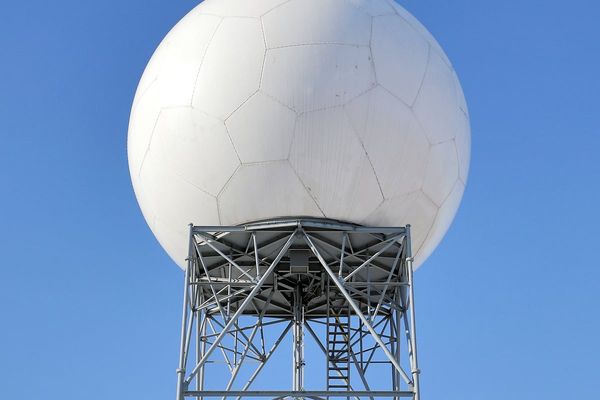
Solar power overtook coal in the European Union's electricity production for the first time in 2024, and renewables made up nearly half of the bloc’s energy mix.
"Solar remained the EU's fastest-growing power source in 2024, rising above coal for the first time. Wind power remained the EU's second-largest power source, above gas and below nuclear," the energy think tank Ember said in its European electricity review 2025 published Thursday.
Eleven percent of the EU’s electricity was generated from solar panels in 2024, up from 9.3 percent in 2023.
Coal fell to less than 10 percent for the first time since Ember began collating the figures in 2011.
Renewables on the rise
Less favourable wind conditions meant wind power was almost flat, compared to the previous year, but the two sources together boosted the share of renewables to 47 percent, up from 34 percent in 2019.
Fossil-fuelled power, meanwhile, dipped to a "historic low", according to the report, with gas generation declining for the fifth year in a row, to a 15.7 percent share.
"The European Green Deal has delivered a deep and rapid transformation of the EU power sector," the think tank said.
While nuclear remained the dominant electricity source in the EU in 2024, contributing 23.7 percent of the mix, more than half of European countries have either eliminated coal, the most polluting fossil fuel, or reduced its share to less than five percent of their energy mix.
According to Ember, these trends are widespread across Europe, with solar power progressing in all EU countries.
Need for batteries
As a result, electricity system will need to increase its storage capacity, to make the most of intermittent renewable energies, which are only produced when the sun shines or the wind blows.
"A readily available solution is a battery co-located with a solar plant. This gives solar power producers more control over the prices they receive and helps them avoid selling for low prices in the middle of the day," the report said.
But this capacity is concentrated in just a small number of countries, with 70 percent of existing batteries located in Germany and Italy at the end of 2023.
"More storage and demand flexibility is needed to sustain growth and for consumers to reap the full benefits of abundant solar," Ember said.
The think tank suggested consumers could reduce electricity bills by shifting usage to periods of abundance, while battery operators could earn revenue from buying power when prices are low and selling it back when demand peaks.
(with Reuters, AFP)







